Prince Harry Hair Transplant – A Royal Makeover
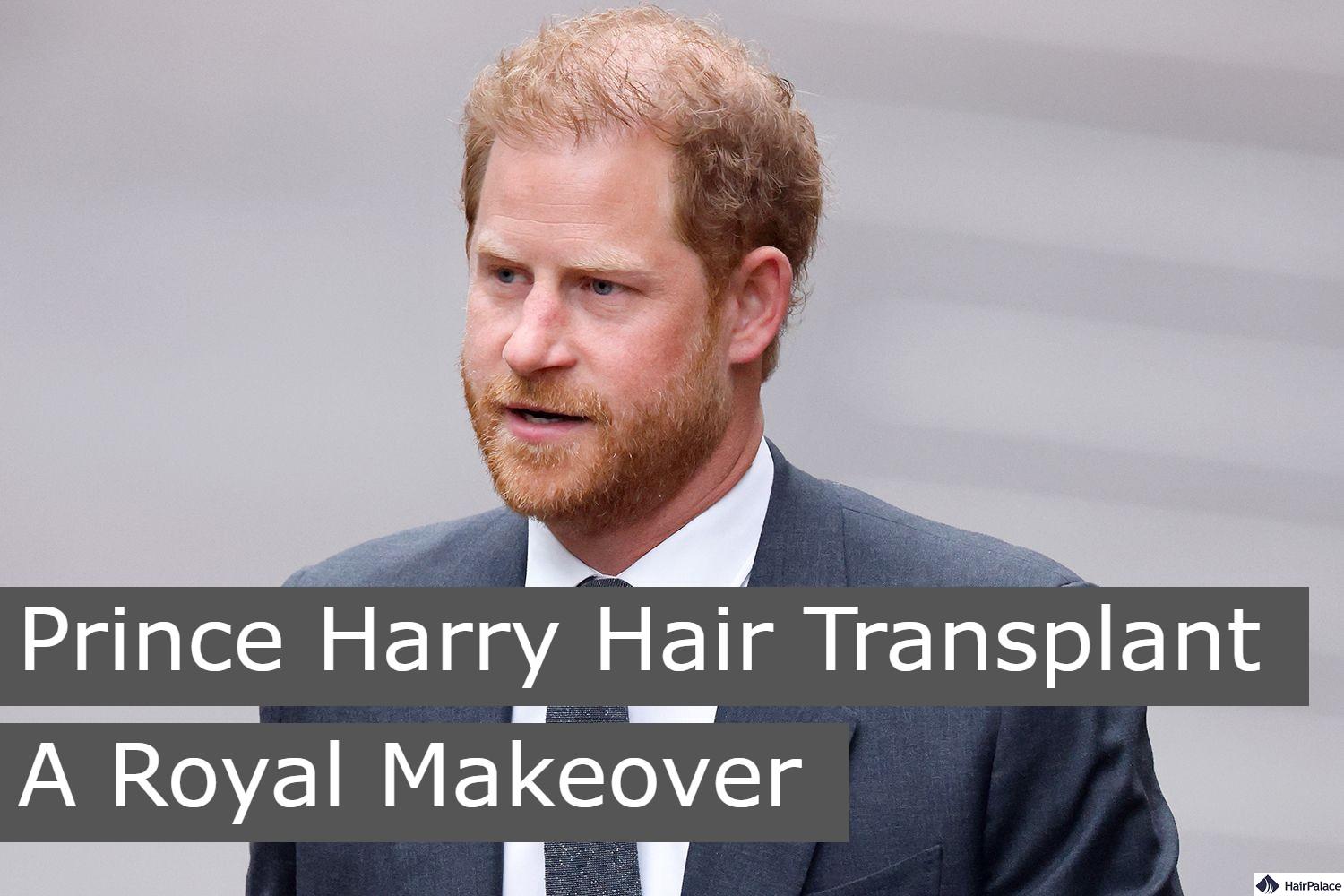
- Who is Prince Harry?
- Hair loss in the royal family
- Prince Harry balding
- Did he have a hair transplant?
- Possible ways to treat hair loss
The British royal family has always been under the magnifying lens of the public eye, with every aspect of their lives.
Another, perhaps unexpected, point of interest has been the royals’ hair – or the lack thereof.
Prince William’s thinning hairline has been a topic of discussion for years. His younger brother, Prince Harry, has also been showing signs of following this familial trend.
In this article, we delve into Prince Harry’s hair journey and explore the truth behind his supposed hair transplant.

Who is Prince Harry?
Prince Harry, whose full name is Henry Charles Albert David, was born on September 15, 1984, and is a prominent member of the British royal family.
He is the younger son of Charles, the Prince of Wales, and the late Diana, Princess of Wales.
Throughout his life, Harry has worn multiple hats — from a dedicated military officer serving in Afghanistan to a passionate philanthropist and advocate for mental health.
Notably, in recent years, he has taken steps away from his traditional royal duties to forge a more independent path alongside his wife, Meghan Markle.
Known for his affable nature and commitment to social causes, Prince Harry continues to captivate the world, whether he is performing royal duties or breaking with tradition.
The history of hair loss in the royal family
Hair loss is a common condition that can affect anyone, regardless of their status or lineage.
In the British royal family, male pattern baldness is evident in several members, much like it is in the general population.
King Edward VII
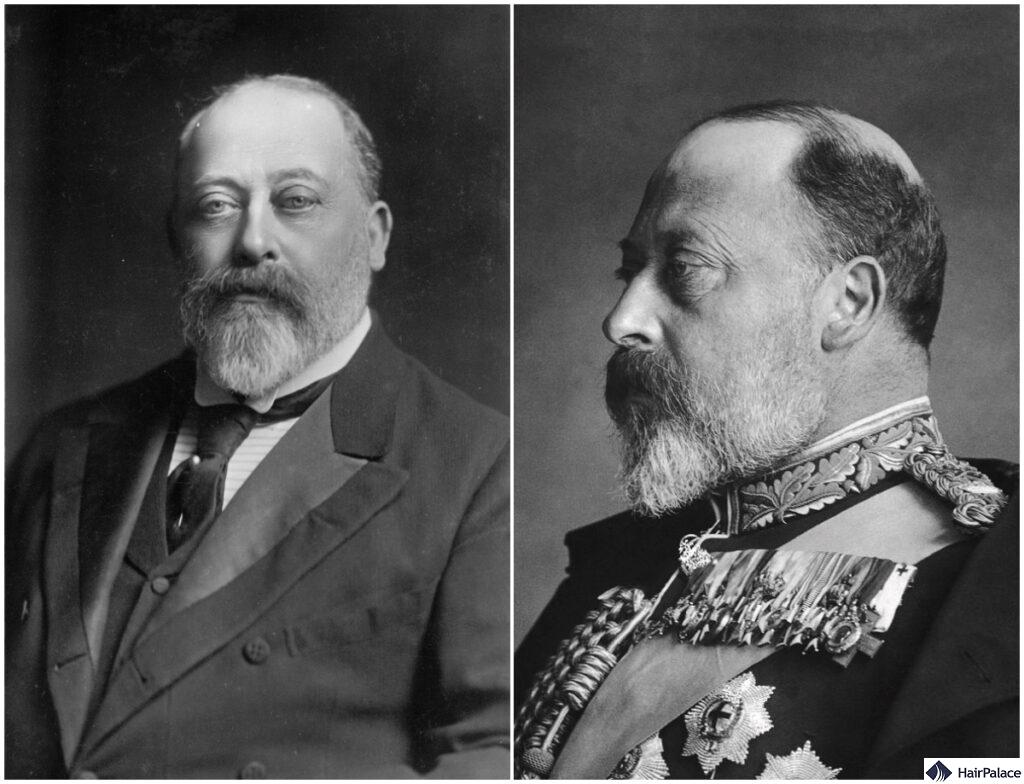
The king, who reigned from 1901 to 1910, experienced significant hair loss due to male pattern baldness during his lifetime.
Historical photographs and portraits of the king from his later years depict him with a significantly receded hairline and balding on the crown.
Prince Philip, Duke of Edinburgh
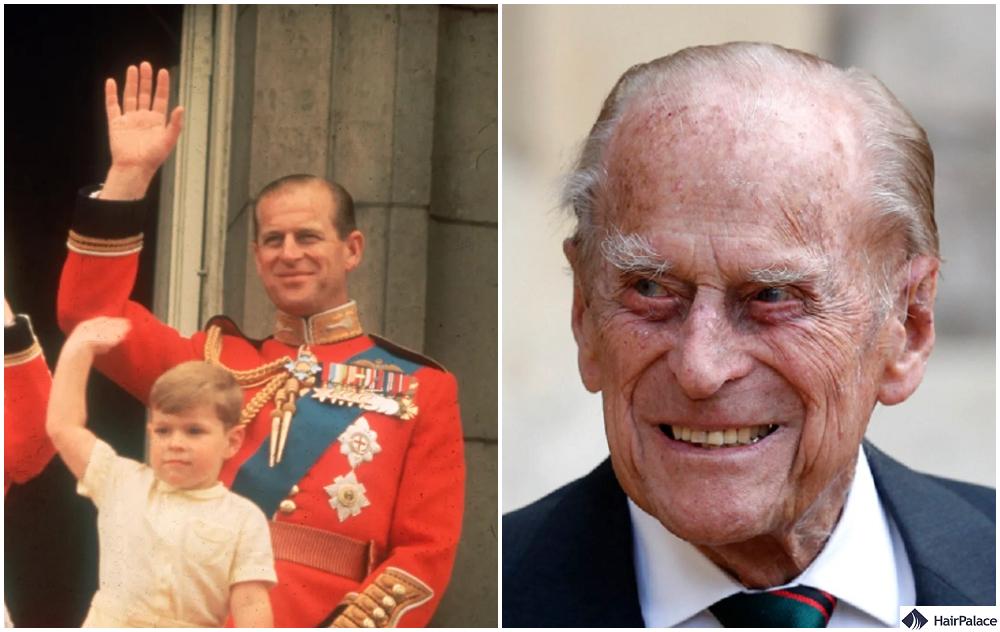
Prince Philip also gives us a clue as to where Prince Harry’s hair loss originates from.
While in his younger years, he sported a full head of hair, images from his later years show a pronounced thinning on the crown and a receded hairline.
The Duke of Edinburgh experienced progressive hair loss consistent with male pattern baldness that left him almost completely bald.
King Charles III
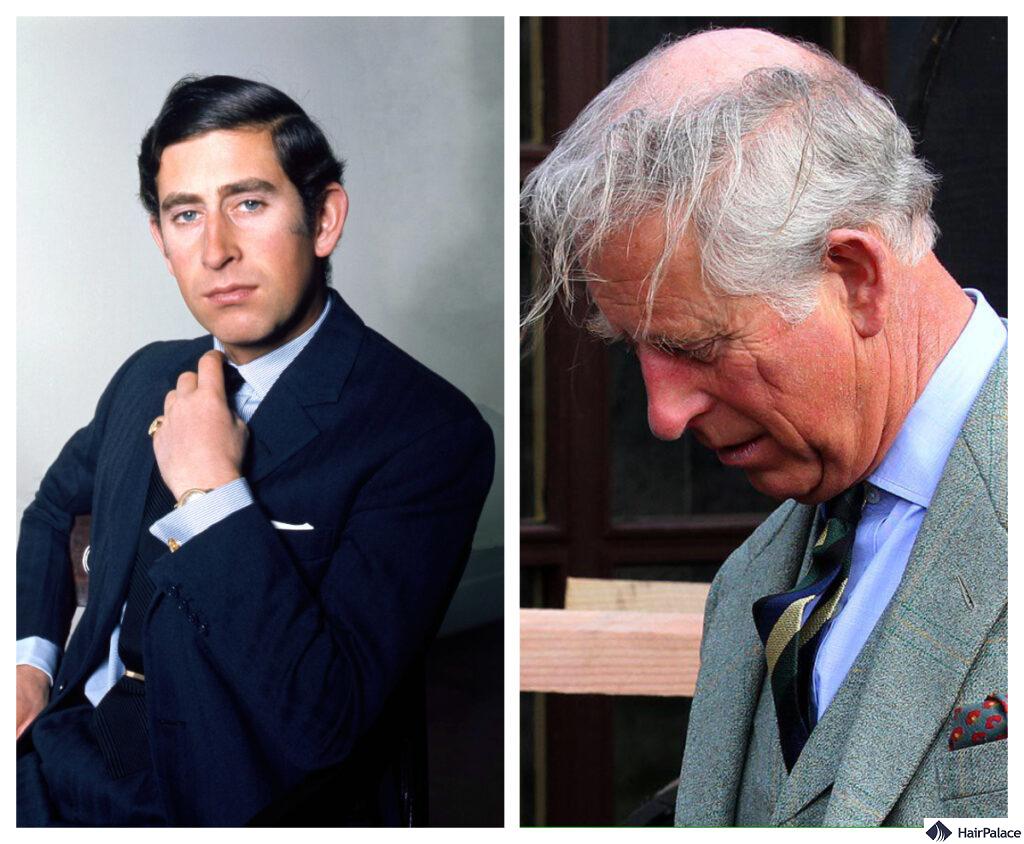
The reigning monarch of the United Kingdom, King Charles III, has also experienced thinning hair over the years.
The royal house of Windsor seemingly has a strong male pattern baldness gene running in the family.
Prince William, Duke of Cambridge
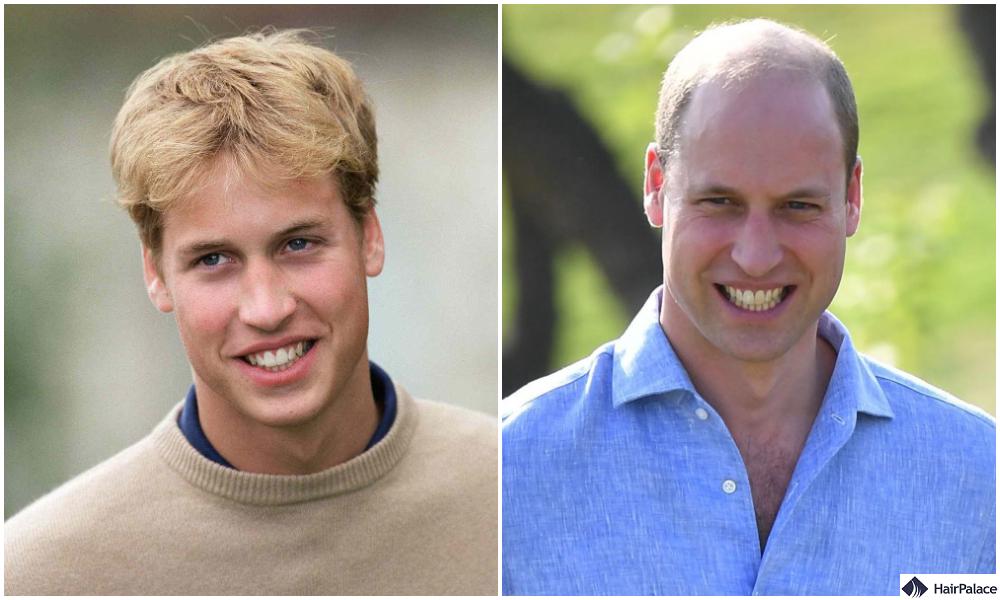
Harry’s hair loss can also be seen in his older brother William.
The current heir to the British throne went through a significant change over the years.
William’s hair loss journey left him with barely any hair at the top.
However, the Prince of Wales seems content with his condition and instead of fighting it, he chooses to embrace it.
Prince Harry hair loss timeline
We already know why is Prince Harry losing hair, but let’s take a look at how his hair loss took shape over the years.
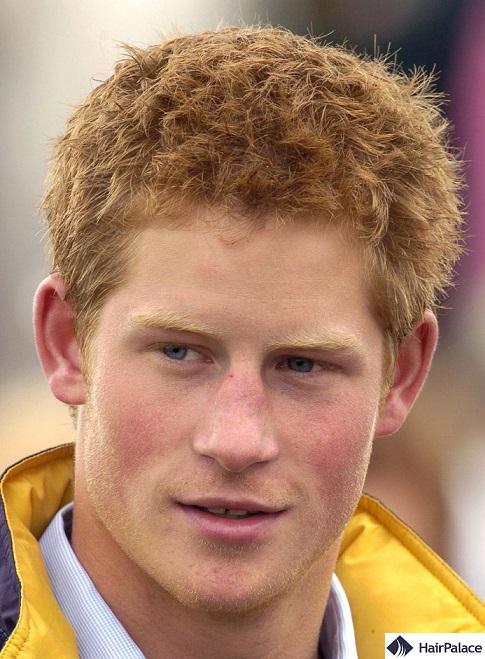
Harry’s hairline was perfectly fitting for a 19-year-old man. Back then there were no signs of a bald spot or receding hairline.
However, the former Duke of Sussex would soon learn that things were only going to get worse from here.
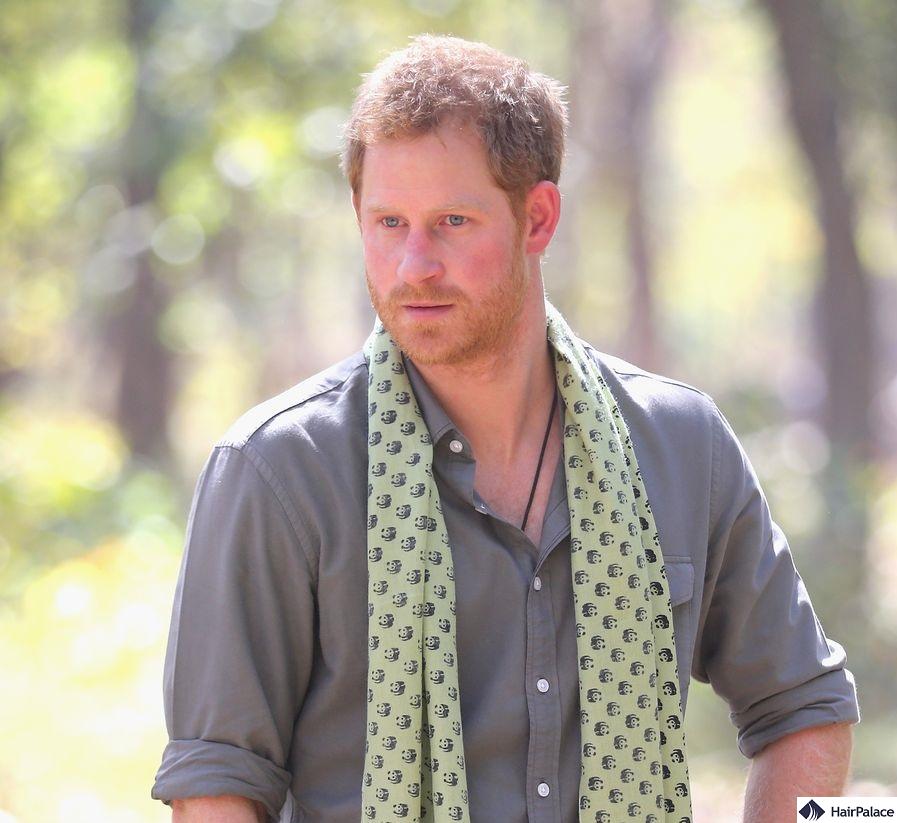
By his 30s Prince Harry was already showing signs of his own hair loss and royal gossip was all about his widow’s peak.
He never seemed too bothered about his condition much like his brother Prince William.
Androgenic alopecia tends to get worse over time as it’s a gradual process that often takes decades to fully play out.
Prince Harry’s hair loss is a textbook case of male hair loss as his thinning hair only kept getting worse and worse.
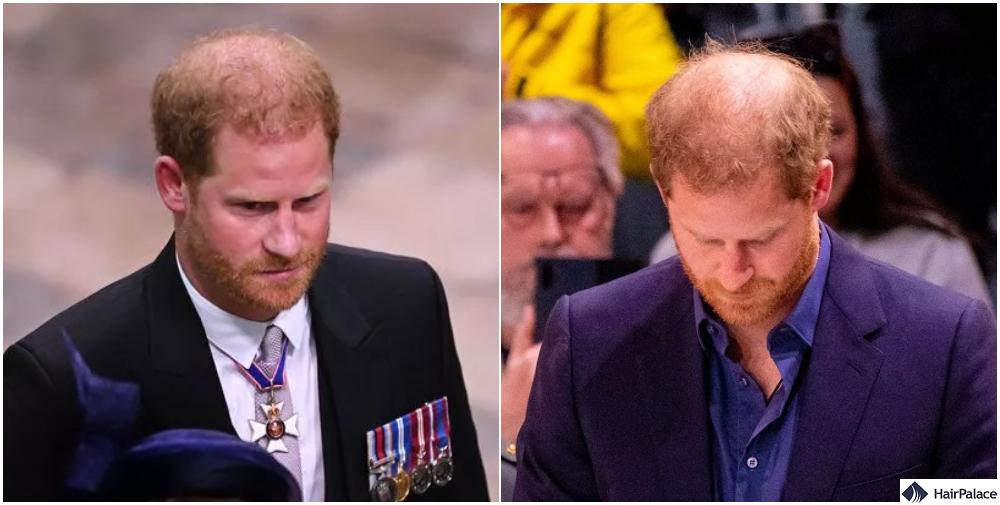
As you can see Harry’s hair loss is mainly concentrated on the top of his scalp.
While there is some recession at the temples, his hairline seems mostly intact.
This allowed the prince to mask his hair loss by conscious hairstyling practices, and perhaps a bit of toppik here and there.
However, his bald spot kept getting bigger and he had to start considering hair transplants or other treatment options.
Was there a Prince Harry hair transplant?
The Prince Harry hair transplant rumours started circulating as early as 2018, right before his wedding to Meghan Markle.
Some media outlets even reported the supposed price to be around £50,000 which is outrageous even for the UK.
These rumours were quickly squashed by the wedding photos where we can clearly see that Harry’s hair remained unchanged.
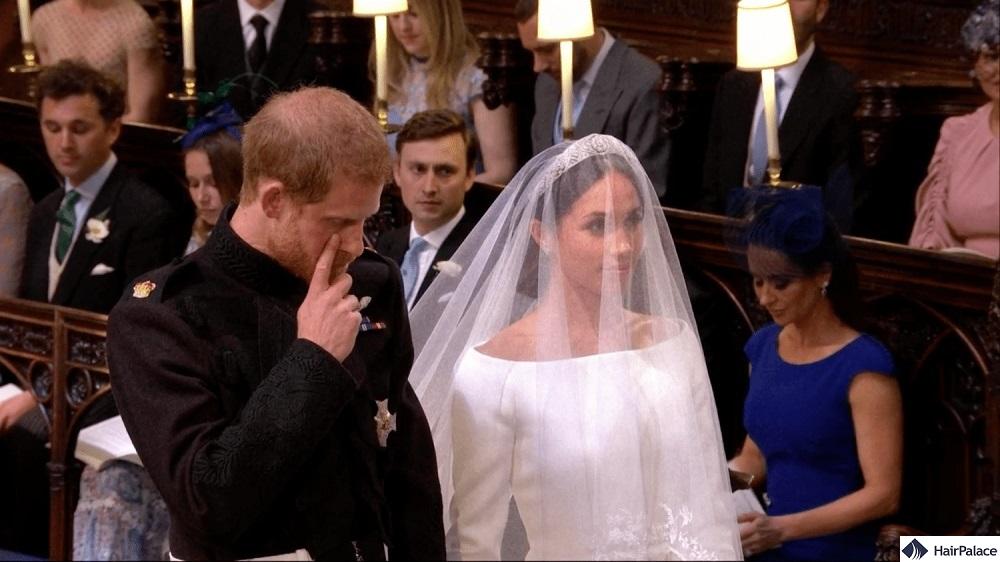
However, since his move to the US and his step back from his royal duties the prince seemingly regained some of his hair.
So was there any Prince Harry hair replacement?
The answer is most likely no. While in certain pictures we can see some improvement in his density, the evidence is inconsistent.
In some pictures, his hair looks great, but there’s always a follow-up picture just months later where his hair loss is back again.
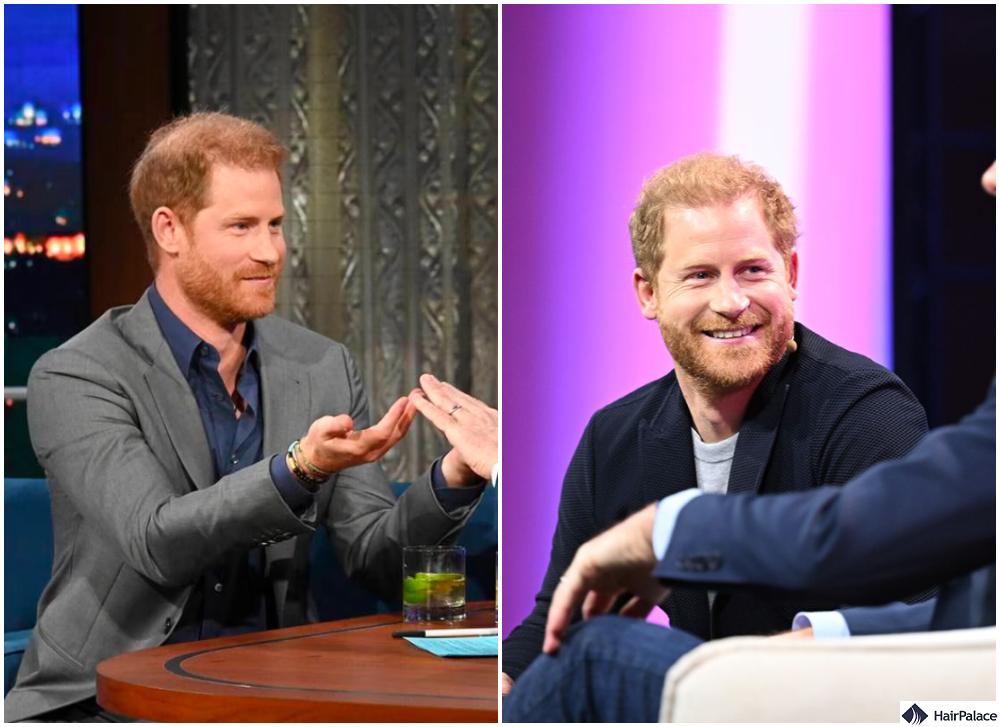
It seems like the Prince Harry hair transplant rumours were in fact just rumours, as there is nothing to suggest he underwent surgery.
However, the temporary shifts in his hair density suggest that he is definitely doing something with his hair.
What did Prince Harry do about his hair loss?
It’s highly unlikely that the younger prince underwent a hair transplant, but he is most likely on an alternative treatment.
The three most commonly used treatments for hair loss other than a hair transplant are minoxidil, finasteride and PRP therapy.
Finasteride is an oral prescription medication that inhibits the conversion of testosterone to dihydrotestosterone (DHT).
This often halts the progression of hair loss and promotes regrowth in some cases.
However, it’s most effective in the earliest stages of hair loss.
Minoxidil is an over-the-counter topical treatment that’s believed to prolong the hair’s growth phase.
The increased blood supply can increase hair health and lead to stronger and enhanced hair growth.
While both of these medications can yield results, neither of them offers a permanent solution as they have to be used indefinitely.
PRP treatment involves drawing a patient’s blood, processing it to concentrate the platelets, and then injecting it into the scalp.
It’s believed that the growth factors in PRP can stimulate the hair follicles and promote hair growth.
The main issue with PRP is the need for regular follow-up treatments to maintain any results.
However, the temporary hair growth seen in Harry’s case suggests that the prince is most likely utilizing this treatment.
Although it’s difficult to say for sure without any confirmation from the man himself.

Other celebrity hair loss stories
Last medically reviewed on June 24th, 2025


